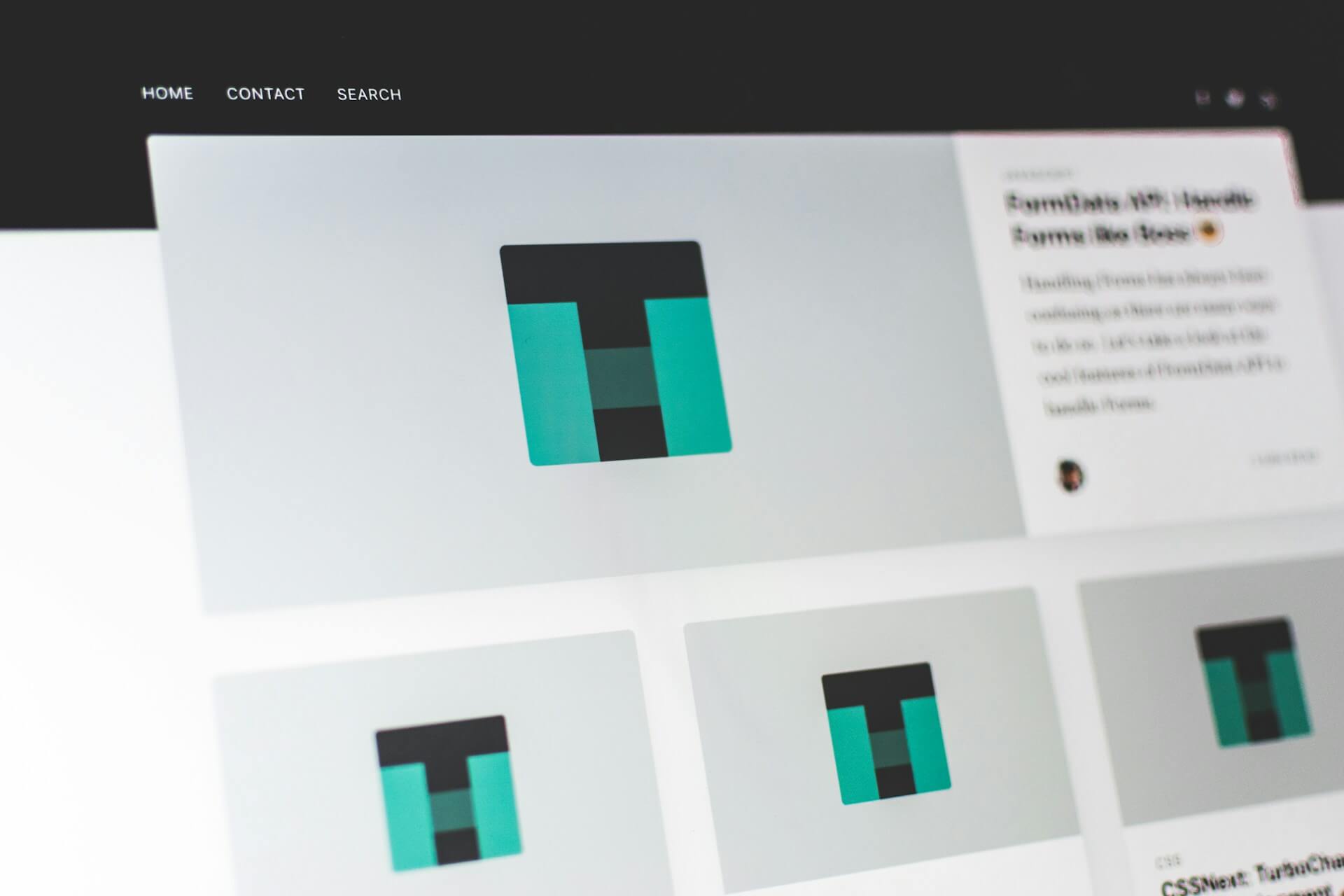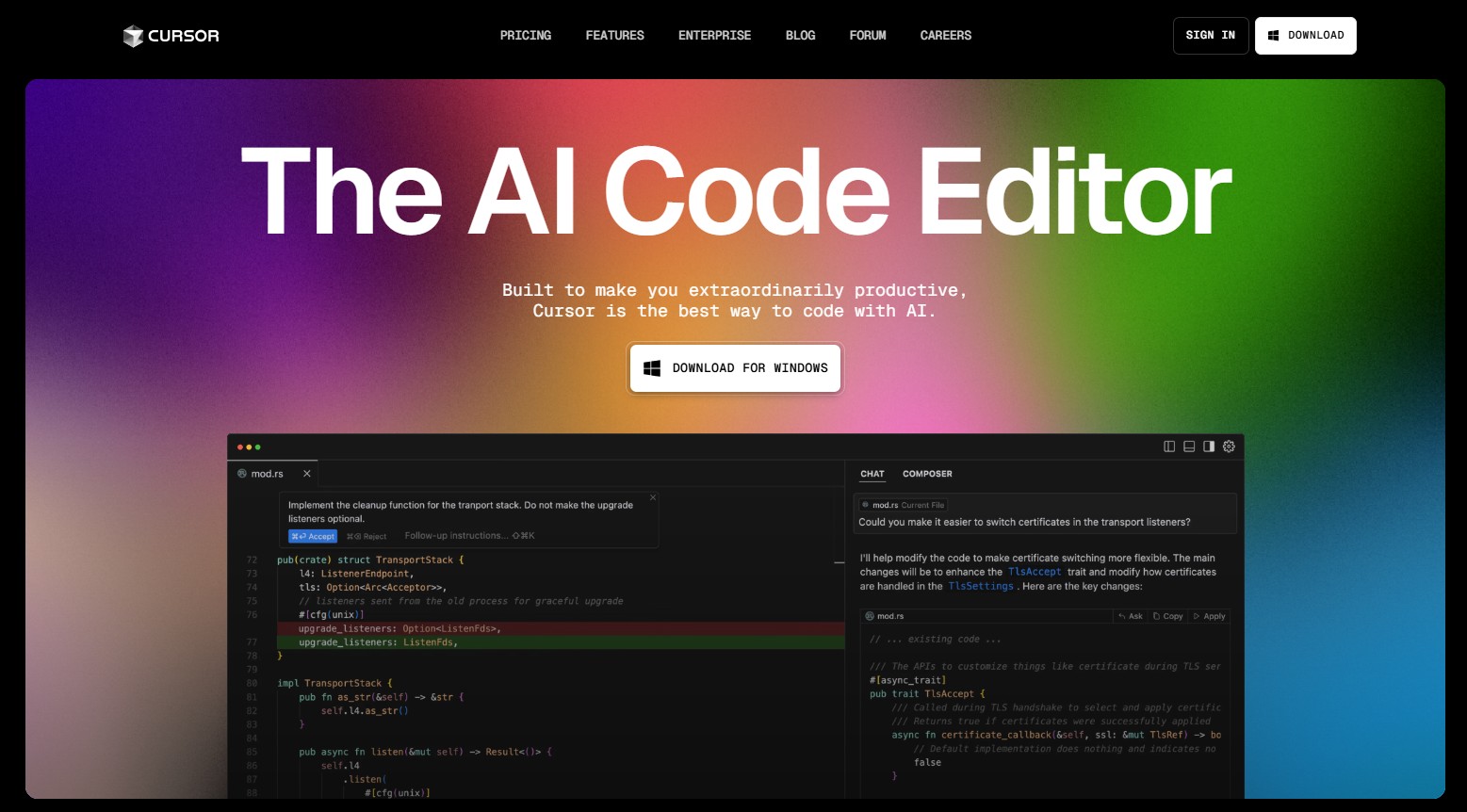
How to Create a Scalable SaaS Pricing Model That Grows with Your Customers
Discover how to create a scalable SaaS pricing model that adapts to your customers' needs. Explore essential components and best practices for success.
For SaaS companies, finding the right pricing model is one of the most crucial decisions to make in the early stages. A well-designed SaaS pricing model not only determines the revenue your company generates but also has a lasting impact on customer acquisition, retention, and satisfaction. As your SaaS business grows and evolves, so too should your pricing strategy. The key to long-term success lies in creating a scalable pricing structure that aligns with your customer base, encourages usage, and can adapt to your customers' needs as they scale.
In this guide, we'll explore the different SaaS pricing strategies, from value-based pricing to usage-based pricing and tiered pricing models, and help you understand how to build a pricing model that scales with your customers as your business grows.
Why a Scalable SaaS Pricing Model is Important
A scalable SaaS pricing model allows your business to adapt as your customers grow, and as your SaaS product evolves. Without scalability, your pricing model can restrict your growth, limit your ability to cater to new customer segments or create barriers to entry for potential customers. Here are a few reasons why scalability is critical:
- Support Customer Growth: As your customers use your product more, they may need additional features or increased usage limits. A scalable pricing model accommodates that growth without forcing them to switch to a new provider.
- Ensure Long-Term Revenue: A pricing structure that scales with customer usage or value ensures you're consistently generating revenue that grows as your SaaS business grows.
- Attract a Larger Customer Base: Offering a variety of pricing plans allows you to appeal to potential customers with different budgets, from startups to enterprise-level companies.
When designing a SaaS pricing model, it's crucial to consider various strategies, including user pricing and freemium pricing. User pricing charges customers based on the number of users they need, making it a flexible model that scales with their business growth. On the other hand, freemium pricing allows users to access basic features for free, with the option to upgrade to paid plans as they require more advanced capabilities.
Looking ahead, you should also consider feature pricing strategies that account for customer growth and evolving market trends. Per feature, pricing can be an excellent way to offer a tailored experience, where customers pay only for the features they use. Additionally, cost-plus pricing can help you set a fair price by factoring in the total cost of production and adding a markup for profitability, ensuring that your pricing remains competitive yet sustainable.
Now, let's dive into how you can create a pricing structure that scales.
Key Elements of a Scalable SaaS Pricing Model
The ideal SaaS pricing model will depend on your product, your target market, and your customer base. Here are the most common pricing strategies used by many SaaS companies:
1. Value-Based Pricing
One of the most effective SaaS pricing strategies is value-based pricing, where customers pay based on the value they derive from your product. This strategy requires an in-depth understanding of your customers' pain points and the benefits they receive from using your SaaS product.
- How It Works: If your product helps businesses save time or increase productivity, you can price it based on the value it provides, rather than just the features included.
- Benefits: It aligns your pricing with customer success, making it easier to justify price increases over time as the value of your product grows.
- Challenges: Determining a fair price point can be tricky, as it requires close collaboration with customers to understand what they perceive as valuable.
2. Tiered Pricing Model
Tiered pricing is one of the most common and effective SaaS pricing strategies. In this model, customers are offered several price tiers with varying levels of features and service. The idea is to cater to different segments of customers by offering different pricing options based on their needs.
- How It Works: For example, a SaaS company might offer three plans: Basic, Pro, and Enterprise. Each plan comes with different feature sets, such as the number of users, access to premium features, or increased storage.
- Benefits: This model allows you to capture different segments of the market, from small businesses to large enterprises.
- Challenges: With tiered pricing, it's essential to clearly define what differentiates each tier, so customers understand the value at each level.
3. Per-User Pricing
In per-user pricing, customers pay based on the number of users who will be using the product. This pricing model is widely used in SaaS companies offering tools for teams, collaboration, or communication.
- How It Works: The price per user may range depending on the features included, but generally, customers pay a fixed amount for each user on the platform.
- Benefits: This model is simple to implement and understand, and it scales easily with the growth of your customers' teams.
- Challenges: If your SaaS product is used by businesses with large teams, it can result in higher costs for customers, which could drive them away if they find the price to be too steep.
4. Usage-Based Pricing
Usage-based pricing (or pay-as-you-go pricing) charges customers based on how much they use the SaaS product. This pricing model is ideal for products that offer scalable resources, such as cloud storage, bandwidth, or API usage.
- How It Works: In this model, customers are billed based on metrics like the number of users, data consumed, or features used. For example, a SaaS business offering a cloud storage service might charge customers based on the total gigabytes they use.
- Benefits: It allows customers to pay for exactly what they use, which can appeal to businesses that only need the product on an occasional or variable basis.
- Challenges: It can be hard to predict customer costs, which could result in billing surprises for customers if their usage spikes unexpectedly.
5. Freemium Model
The freemium model is widely used by many SaaS companies to attract a large number of potential customers. Under this model, customers can use the basic version of the product for free but must pay for additional features, support, or more advanced tools.
- How It Works: Users sign up for a free plan with limited functionality and can choose to upgrade to a paid plan for more features.
- Benefits: It's a great way to get customers to use your product, with the potential to convert them to paying customers once they see the value.
- Challenges: Converting free users into paying customers can be difficult, and you need to ensure that your pricing plan offers enough value to justify the upgrade.
6. Flat-Rate Pricing
In a flat-rate pricing model, customers pay a fixed price for access to all features, regardless of usage. This model is simple and transparent.
- How It Works: A SaaS product might offer one flat price for all features and unlimited usage.
- Benefits: It's easy to understand and predict for customers, making it attractive for businesses with predictable needs.
- Challenges: It can be difficult to scale with larger customers, and it doesn't provide much flexibility if your customers' usage patterns vary widely.
How to Choose the Right Pricing Model
Choosing the right pricing model depends on several factors:
- Your SaaS Product: Does it have a high volume of users? Is it more focused on usage, or does it provide premium features for enterprise-level customers?
- Your Target Market: Consider whether your target customers prefer flexibility in pricing (like per-user pricing) or if they prefer predictable monthly fees (like flat-rate pricing).
- Customer Growth: A scalable pricing model should adapt as your customers grow. Tiered pricing models or usage-based pricing are especially effective in these cases.
- Business Goals: Do you want to attract a large user base quickly with a freemium model or prioritize revenue growth with a value-based pricing approach?
Testing and Optimizing Your Pricing Strategy
Once you've chosen your pricing model, it's important to test and optimize it regularly. Here are a few ways to ensure your pricing structure is scalable:
- A/B Testing: Test different pricing strategies to see which one converts best and attracts the right customers.
- Survey Customers: Gather feedback from your existing customers to ensure they're satisfied with your pricing model and find it fair.
- Monitor Metrics: Track key metrics like churn rate, customer acquisition cost, and customer lifetime value to measure the success of your pricing model and make adjustments as needed.
How to Communicate Your Pricing to Customers
Make sure your pricing page is clear and concise. Customers should be able to easily compare the different price tiers and understand what they'll receive at each level. Be transparent about any potential price increases and clearly explain the value they're getting at each price point.
Conclusion
Creating a scalable SaaS pricing model is essential for ensuring the long-term growth and success of your SaaS business. By offering flexible, value-based pricing plans that cater to different customer needs, you can scale your pricing alongside your customer base. Whether you choose a tiered pricing model, per-user pricing, or freemium model, always remember that your pricing structure should reflect the value you provide and be adaptable to your customer's growth.
Start by understanding your customer segments, choosing the appropriate pricing strategy, and testing your pricing model to ensure it's scalable and aligns with customer expectations.




